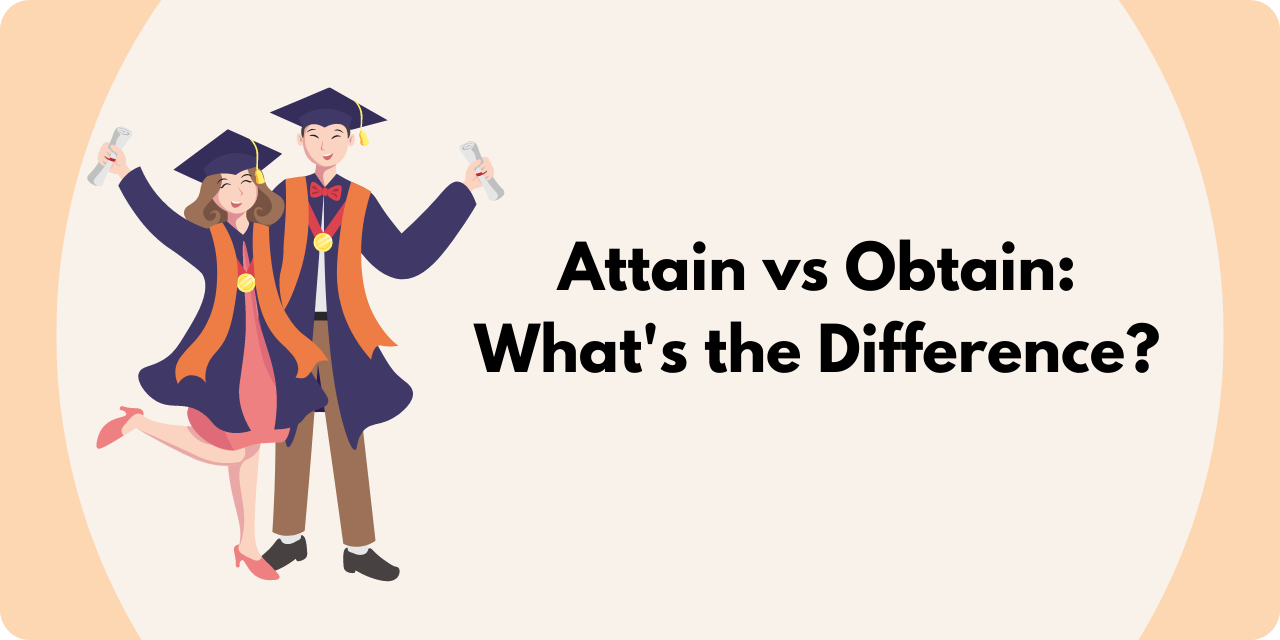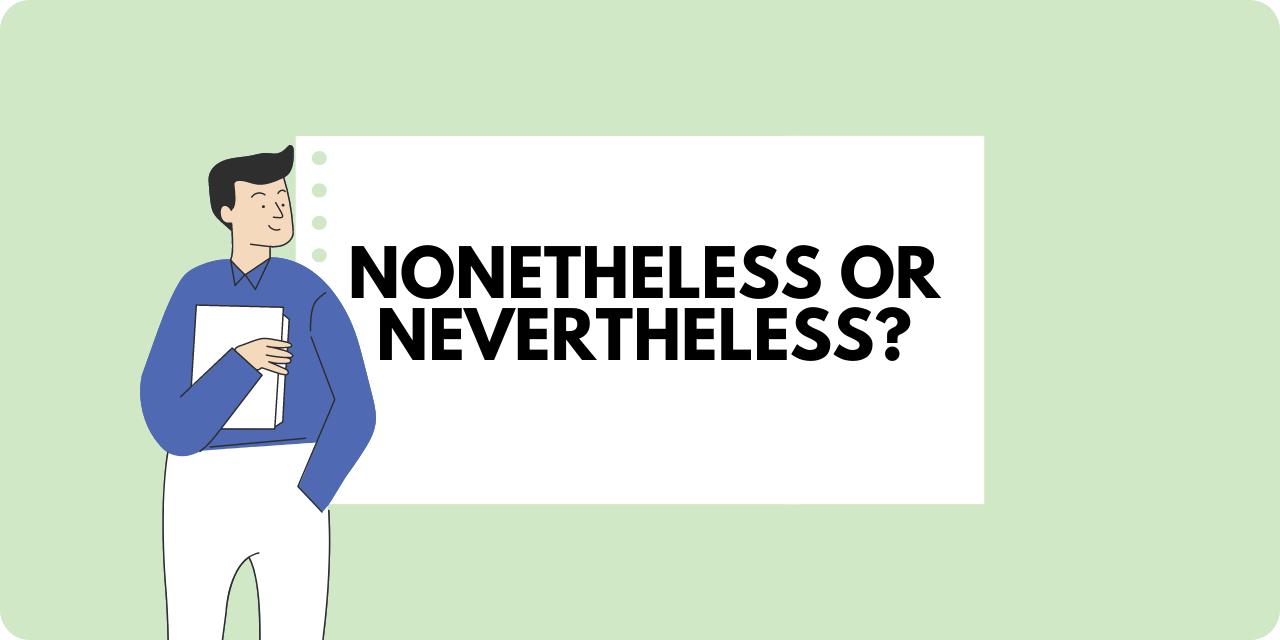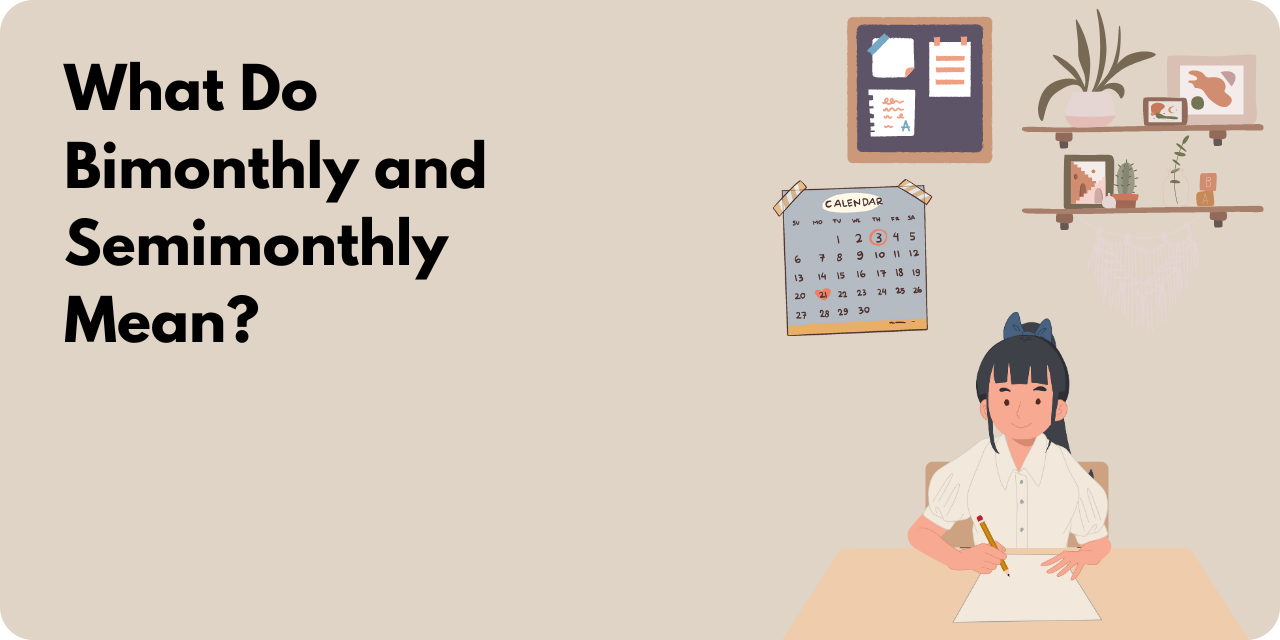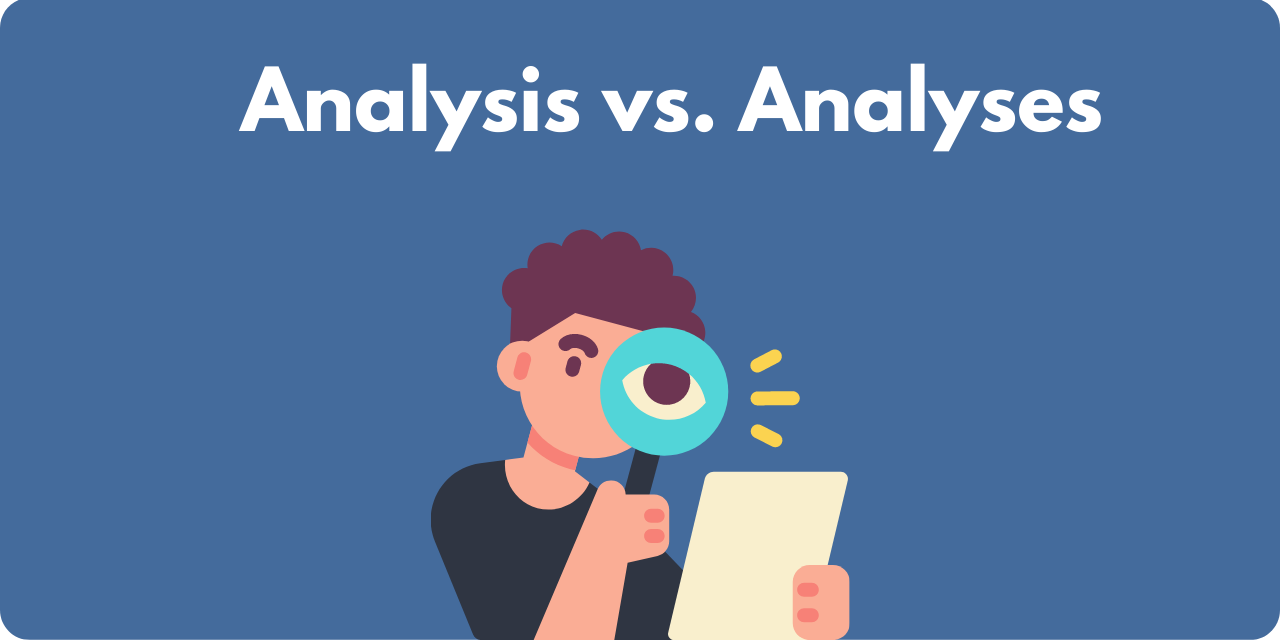Getting right into it, the words between and among are very different. Here’s how:
Between: When referring to a one-to-one relationship, that’s when you can use between.
Among: When referring to relationships that are not indistinct or nonspecific, you can use among.
Now that you’re aware of the main difference between the two words, let’s take a closer at the “between vs. among” question.
When to Use Between Correctly?
One of the biggest grammar myths is to use the word ‘between’ only when there are two elements and the word ‘among’ when more than two elements are present. You can actually use between whenever there are more than two elements involved. For example:
“ She had to choose between a dollhouse, kitchen set, hairband, and a new school bag for her birthday present.”
You can also use between for any amount of elements, as long as the elements have distinct and separate features. You can use between even when different one-to-one relationships have an understanding from a different perceptive. This was actually considered by The Chicago Manual of Style. For example:
“Negotiations between Russia and the United States collapsed last night.”
When you begin describing relationships that are more spatial, the meaning behind the word between slightly changes. For instance, when it is in the middle of something or is spatially relative to other elements, For example:
“Adam drove too fast between cars.”
When to Use Among Correctly?
You use the word among when you talk about things or people that are viewed as a group rather than distinct. For example:
“There wasn’t much unity among the family members.”
Among can also indicate that something belongs to a group. For example:
“He only felt comfortable when he was among his school friends.”
When you refer to spatial; relationships, the word among indicates that something is surrounded by another thing. For example:
“My aunt loved sitting among my friends.”
More Examples of Between vs. Among
- “The environmental toll has often been overlooked in part because there is a race underway among the United States, China, Europe, and other major powers.” The New York Times
- “He publishes between thirty and forty papers a year, and his collaborators include biologists, computer scientists, and philosophers.” The New Yorker






